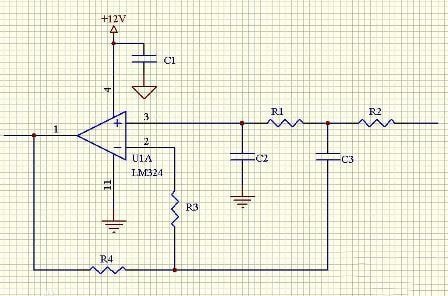
Introduction
Feedback circuits are widely used in a variety of electronic circuits.
The feedback is to recycle some or all of the amplifier’s output signal (voltage or current) to the input of the amplifier for comparison (addition or subtraction) with the input signal, and to compare the resulting effective input signal to control the output.
This is the feedback process of the amplifier.
Any feedback signal recovered to the input of the amplifier acts to boost the original input signal.
The positive feedback that increases the input signal, and vice versa.
Classification
According to its circuit structure, it is further divided into: current feedback circuit and voltage feedback circuit.
Positive feedback circuits are mostly used in electronic oscillating circuits, while negative feedback circuits are used in various high and low frequency amplifying circuits.
According to the circuit characteristics it can be divided into: series feedback and parallel feedback.
Due to the wide application, negative feedback has five effects on amplifier performance:
. Negative feedback can improve the stability of the amplifier gain.
. Negative feedback can broaden the passband of the amplifier.
. Negative feedback can reduce the distortion of the amplifier.
. Negative feedback can improve the signal-to-noise ratio of the amplifier.
. Negative feedback has an effect on the output and input resistance of the amplifier.
Copyright © Jiangsu Hoston Machine Tools Co., Ltd. (Hongkong Hoston Group CO., LIMITED)All Rights Reserved | Sitemap Technical Support: 